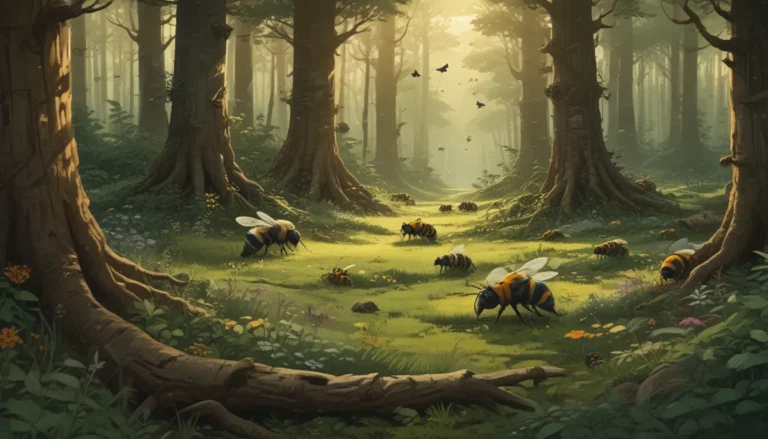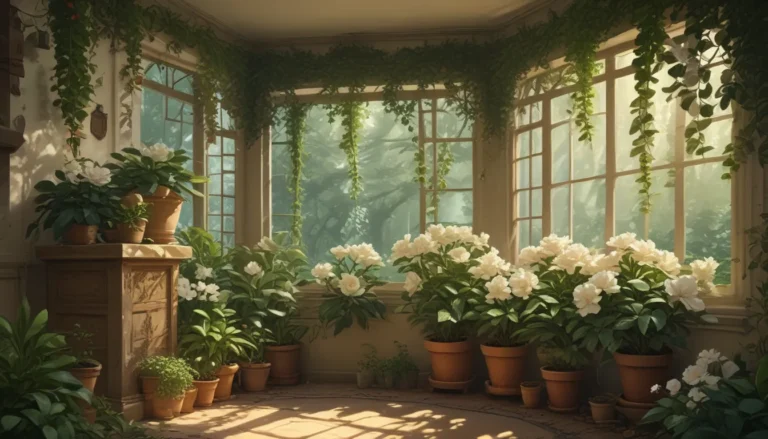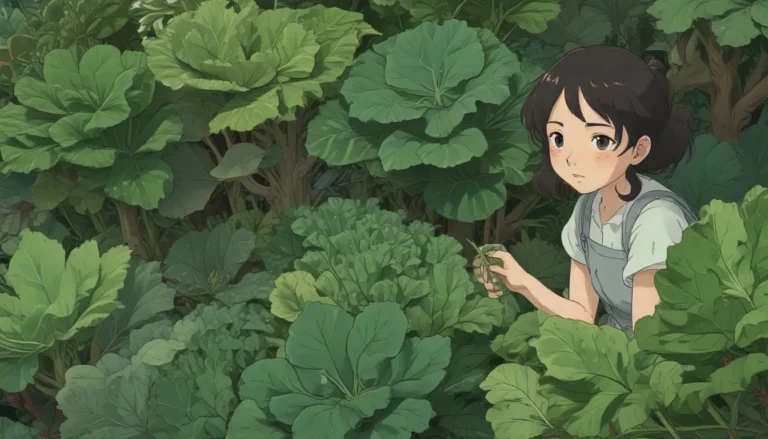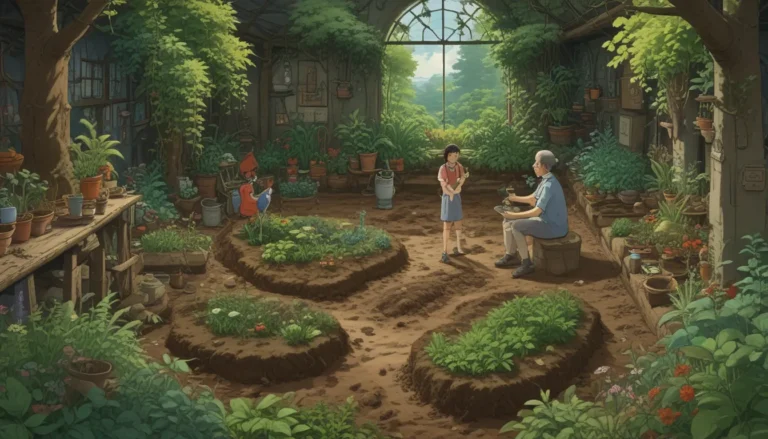Comprehensive Guide to Growing and Caring for Hyacinth Flowers
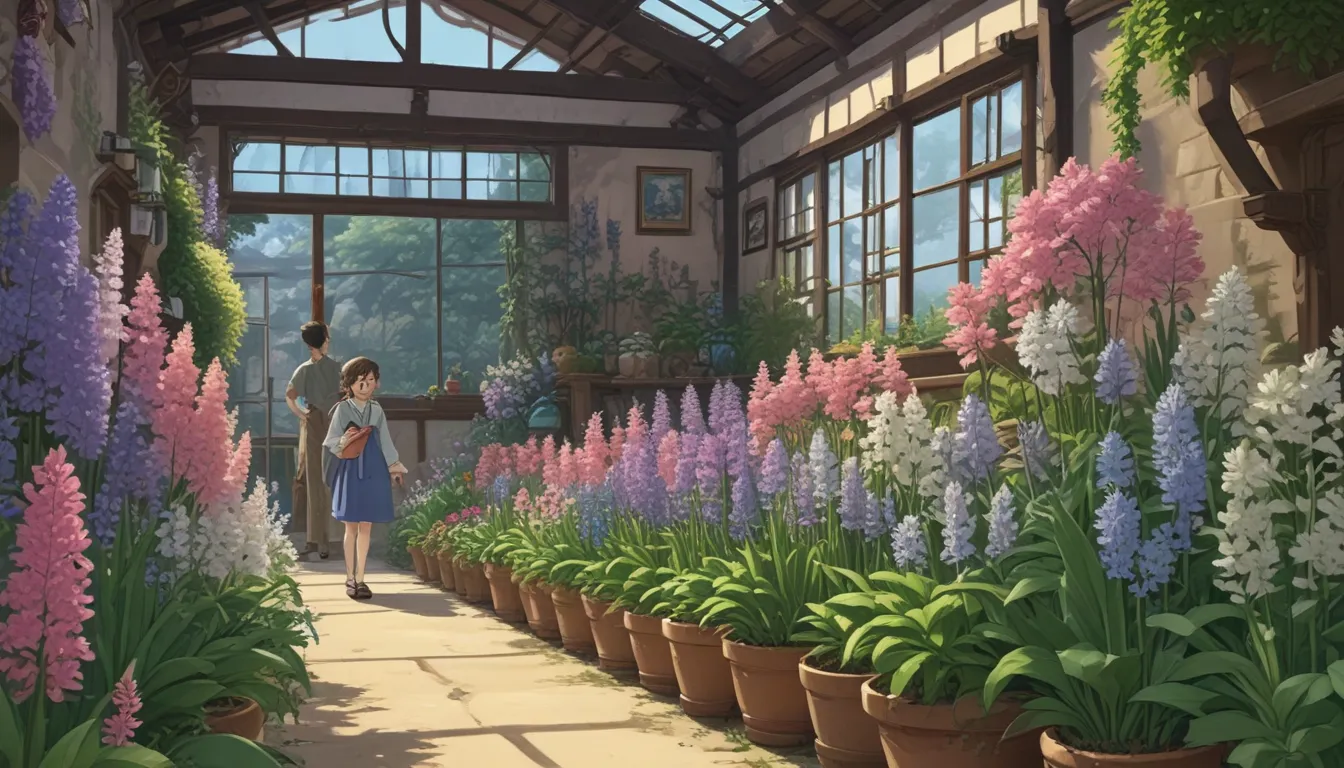
Hyacinths, those delightful bulbous spring flowers from the genus Hyacinthus in the Asparagaceae family, are a favorite among gardeners for their sweet fragrance and vibrant colors. With so much to know about these lovely blooms, let’s dive into everything you need to grow and care for hyacinth flowers.
Hyacinthus Overview
Native to the eastern Mediterranean basin, Asia Minor, and parts of the Middle East, hyacinths come in a variety of colors including blue, lavender, purple, orange, peach, salmon, red, pink, yellow, and white. These fragrant flowers are winter hardy in zones 4-8 and typically bloom from March to April, reaching a height of 8-12 inches.
Cultivation and History
The Dutch hyacinth, H. orientalis, is the common garden variety that has been extensively cultivated since the sixteenth century. Originally popular in the gardens of the Ottoman Empire, hyacinths made their way to Europe in the mid-1500s. The cultivars available today are a result of centuries-old cross-breeding efforts.
What You’ll Learn
Let’s explore the details of growing and caring for hyacinth flowers, including:
- Cultivation and History
- Know Your Varieties
- Cultivars to Select
- Preparation and Planting
- Creative Containers
- For Indoor Forcing
- After-Flower Care
- Lifting and Storing
- Pests and Problems
- Quick Reference Growing Guide
Know Your Varieties
When it comes to hyacinth flowers, understanding the different varieties is essential. From singles to doubles and multifloras, each type offers beautiful displays of fragrant blooms in various arrangements.
Cultivars to Select
Some popular cultivars include the ‘Blue Mix’, ‘City of Haarlem’, and ‘Purple Sensation’, each offering unique colors and fragrances for your garden. Planting these bulbs in the fall will ensure a beautiful display come spring.
Preparation and Planting
To plant hyacinth bulbs, make sure to choose a spot with good drainage and plenty of sunlight. Plant bulbs in clusters or rows, approximately 4 inches deep in well-amended soil. Remember to water thoroughly after planting and apply fertilizer once leaves emerge in the spring.
Creative Containers
For those looking to grow hyacinths in containers, consider using a combination of potting soil, compost, sand, and bone meal for optimal growth. Place bulbs closer together in containers and provide insulation if necessary to protect from frost damage.
For Indoor Forcing
Hyacinths can also be grown indoors in soil or water using bulb vases. Pre-chilled bulbs or those stored in cold conditions will ensure successful indoor growth. Maintain water levels and light exposure for healthy plants.
After-Flower Care
After the blooms have faded, it’s important to care for your hyacinth flowers to ensure they return next year. Remove spent flowerheads, but allow the leaves to die back naturally. Store bulbs in a cool, dry location until it’s time to replant in the fall.
Lifting and Storing
For those looking to lift and store bulbs, follow proper techniques to ensure healthy plants for future blooms. Remember to discard any diseased bulbs and store in a cool, dark place until replanting.
Pests and Problems
Keep an eye out for pests and diseases that may affect your hyacinth flowers, including basal rot and frost injury. Take proper precautions to protect your plants and prevent future issues.
Quick Reference Growing Guide
Here’s a quick summary of important details about growing hyacinth flowers:
- Plant Type: Perennial flowering bulb
- Flower/Foliage Color: Various colors including blue, purple, lavender, and more
- Native To: Eastern Mediterranean
- Hardiness (USDA Zone): 4-8
- Bloom Time/Season: Early to mid-spring
- Exposure: Full to partial sun
- Height: 6-12 inches
- Water Needs: Moderate
- Common Pests: Squirrels, chipmunks
- Common Disease: Basal rot
Eastern Treasures
Hyacinth flowers are indeed treasures in the spring garden, offering beauty and fragrance in abundance. Whether planted in the ground or in containers, these blooms are a delight for any gardener. Remember to save some bulbs for indoor forcing and enjoy their charm throughout the winter months.
Conclusion
With their rich history, vibrant colors, and sweet fragrance, hyacinth flowers are a must-have for any garden. By following proper cultivation and care techniques, you can enjoy these lovely blooms year after year. So go ahead, plant some hyacinth bulbs and add a touch of elegance to your garden!
